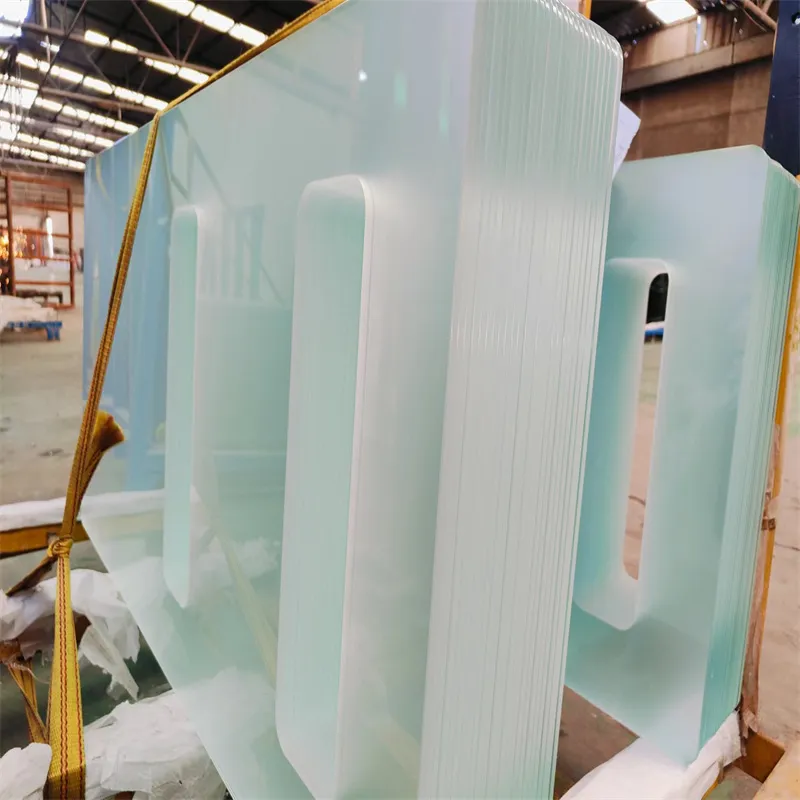Oct . 07, 2024 15:13 Back to list
cutting float glass
Cutting Float Glass A Guide to Precision and Efficiency
Cutting float glass is an essential process in the glass manufacturing industry, known for its incredible versatility and aesthetic appeal. Float glass, produced by floating molten glass on top of molten tin, results in a smooth, uniform surface that is ideal for various applications such as windows, doors, and decorative installations. Understanding the intricacies of cutting float glass is crucial for manufacturers and DIY enthusiasts alike, as it ensures precision and minimizes waste.
The cutting process can be divided into several key steps. First, selecting the right tools is vital. The primary instrument used for cutting float glass is a glass cutter, which features a diamond or carbide wheel that scores the surface of the glass. Additionally, a straight edge is often employed to guide the cutter precisely along the desired line, ensuring a clean, straight cut.
Once the tools are in place, the next step is to measure and mark the glass accurately. Precision at this stage is paramount; even minor errors can result in significant material waste or production delays. Using a measuring tape and a marker designed for glass, mark the intended dimensions clearly on the surface.
cutting float glass

After marking, it's time to score the glass. The glass cutter should be held at a 45-degree angle and moved in a steady, firm motion along the marked line. It is essential to apply even pressure, allowing the cutter to create a shallow score that penetrates the glass surface without breaking it. This score line serves as a guide for the subsequent breaking process.
To break the glass cleanly, position the scored line over a flat surface, like a table edge. Applying light pressure on either side of the score line will cause the glass to separate along the scored path. It is crucial to perform this step carefully to avoid chipping the edges.
Safety is paramount when cutting float glass. Protective gear such as gloves and safety glasses should always be worn to prevent injuries from sharp edges or flying shards. Additionally, it is advisable to work in a well-ventilated area, as the process can produce fine glass dust.
In conclusion, cutting float glass requires skill, precision, and the right tools. By following the correct procedures, one can achieve clean cuts that enhance the overall quality of glass products. Whether for a professional project or a personal endeavor, mastering the art of cutting float glass opens a world of possibilities, allowing for stunning designs and structures that showcase the unique properties of this material. With practice, anyone can become proficient in this valuable skill, contributing to innovative glass solutions in various industries.
-
Sustainable Practices in a Modern Coated Glass Factory
NewsAug.07,2025
-
Insulated Glass Unit Installation Best Practices and Tips
NewsAug.07,2025
-
Frosted Glass Types and Custom Solutions for Sale
NewsAug.07,2025
-
Current Clear Float Glass Price Trends in Global Markets
NewsAug.07,2025
-
Comparing Different Types of Laminated Glass Performance
NewsAug.07,2025
-
Best Anti Fog Bathroom Mirror Solutions for Humid Climates
NewsAug.07,2025
Related PRODUCTS














